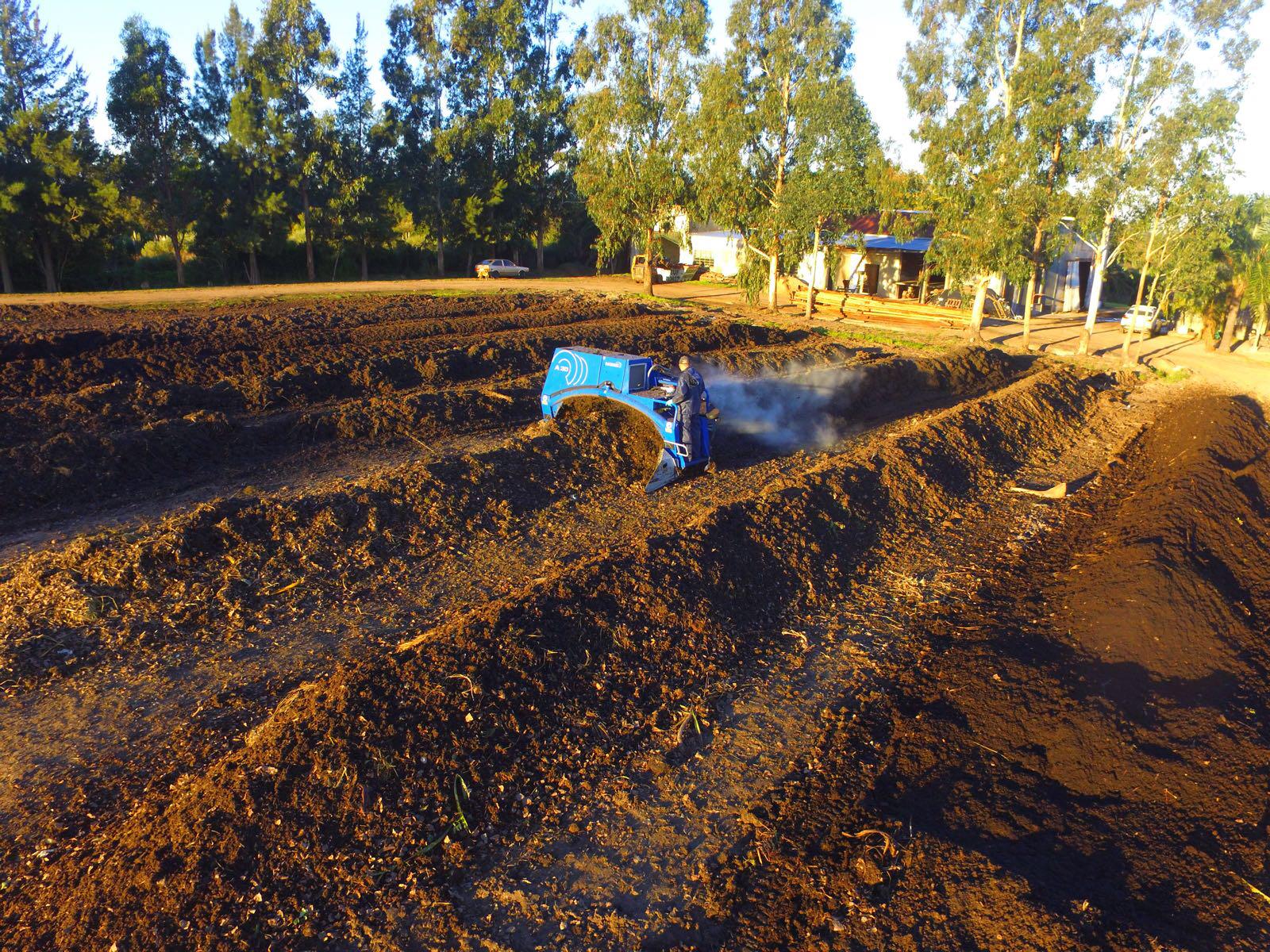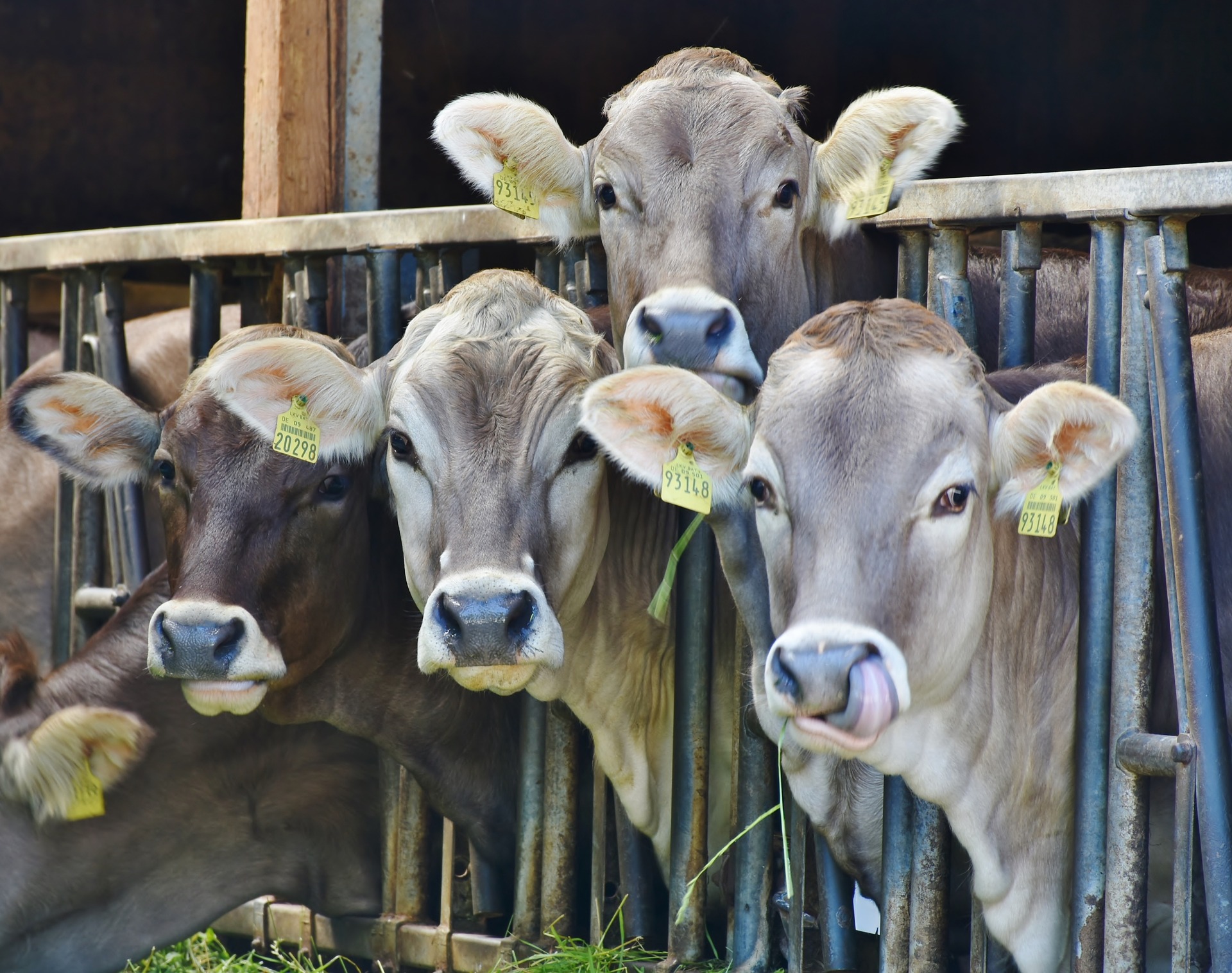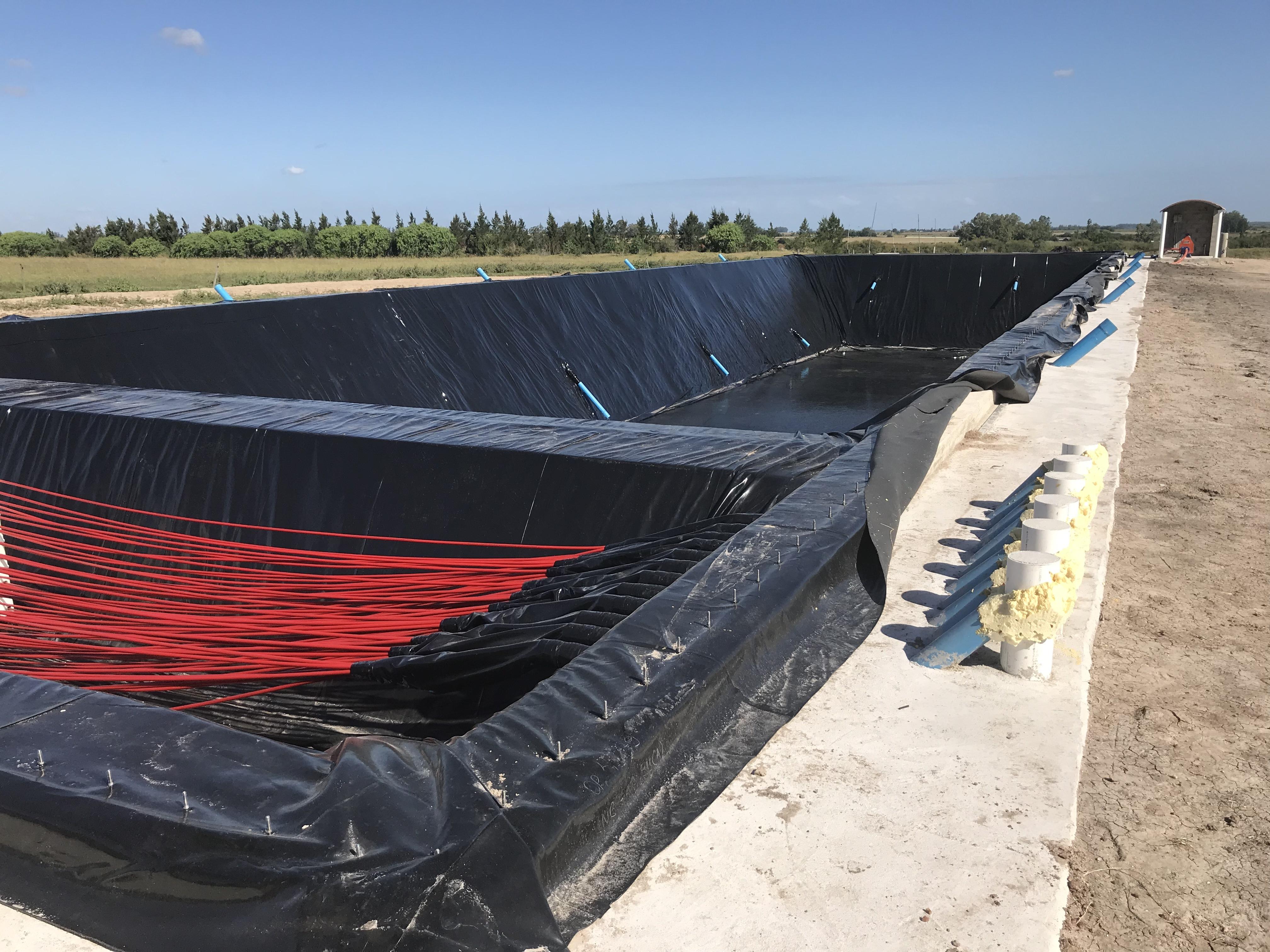

How properly managing organic waste can turn farms into energy producers
28 August 2018 Danilo DE OLIVEIRA PEREIRA

Have you ever wondered why cow dung smells? The answer to this question lies in a chemical process called anaerobic digestion. It happens whenever organic matter decomposes in the absence of oxygen. Due to microbial action, it undergoes a process of fermentation which converts carbohydrates into volatile fatty acids and gases, one of which is methane. When released into the atmosphere, methane is a greenhouse gas 25 times more potent than carbon dioxide.
Therefore, whenever farmers spread manure on the land in order to fertilize it, they are emitting greenhouse gases. There is also a risk that the nitrates and phosphates present in the manure will leak into water supplies and cause excessive algae growth and pollution.
Fortunately, there is another way of looking at the issue: methane is a greenhouse gas, but it is also a valuable resource. For example, the natural gas piped into our homes to generate electricity and heat is primarily methane.
Three workshops organized by the United Nations Framework Convention on Climate Change (UNFCCC) and the UN Industrial Development Organization (UNIDO) in Bonn, Singapore and Montevideo have promoted a group of technologies called waste-to-energy (WtE), which improve the management of organic waste and use anaerobic digestion to produce and collect methane, subsequently turning it into a source of energy.
“We showed participants clear examples of how waste-to-energy can become a new source of income for farms,” said Manuel Albaladejo, UNIDO Country Representative.
An example of how this can be done comes from Uruguay, where a project called Biovalor – led by UNIDO and funded by the Global Environment Facility (GEF) – is promoting the use of waste-to-energy in dairy farms. It teaches farmers how to collect, produce and manage methane from cow manure. The gas is then burned to produce electricity. As production of electricity often exceeds farms’ demand, a scheme is being negotiated which will allow farmers to sell the excess electricity to the National Electricity Utility (UTE) which becomes another source of income. The anaerobic digestion process also produces organic compost which, once spread on fields, acts as a natural fertilizer and brings nutrients back to the soil.


Similarly, other kinds of organic waste can be turned into biogas by waste-to-energy technologies: municipal wastewater solids, food waste, high-strength industrial wastewater and residuals, fats, and even oils. Separated digested solids can be composted, utilized for dairy bedding, directly applied to cropland, or converted into other products.
More importantly, waste-to-energy processes give a second-life to materials that would otherwise be considered waste. They lead farmers to rethink the common practices of just burying or spreading manure. As a consequence, they give value to a by-product which otherwise would have had none. Leveraging on this change in perspective, the workshops also discussed the transition to a circular economy in agro-industry and how businesses can be redesigned to minimize their negative impact.
The circular economy is a concept which has been gaining traction worldwide because it looks beyond the current take-make-dispose extractive industrial model. With the promise of decoupling economic activity from the consumption of finite resources, in the circular economy processes are redesigned to eliminate waste whenever possible. As a consequence, the model is considered essential to addressing many of the causes of climate change, pollution and other environmental issues.
“By adopting circular business models, agro-industry can reduce the amount of waste it produces and turn what is left into a new source of income and at the same time protect the environment,” added Albaladejo.